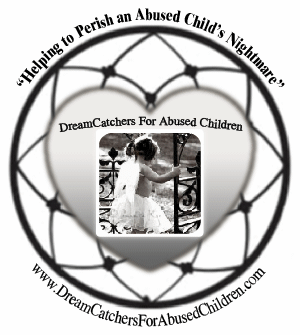Psychological Damage of Bullying
Inside the bullied brain
The alarming neuroscience of taunting

In the wake of several tragedies that have made bullying a high-profile issue, it’s becoming clear that harassment by one’s peers is something more than just a rite of passage. Bullied kids are more likely to be depressed, anxious, and suicidal. They struggle in school — when they decide to show up at all. They are more likely to carry weapons, get in fights, and use drugs. But when it comes to the actual harm bullying does, the picture grows murkier. The psychological torment that victims feel is real. But perhaps because many of us have experienced this sort of schoolyard cruelty and lived to tell the tale, peer harassment is still commonly written off as a “soft” form of abuse — one that leaves no obvious injuries and that most victims simply get over. It’s easy to imagine that, painful as bullying can be, all it hurts is our feelings.
READ MORE HERE:
http://www.boston.com/bostonglobe/ideas/articles/2010/11/28/inside_the_bullied_brain/
---------------------------------------------By the time you finish reading this, 15 children will have been abused; In the next five minutes, 30 more; Within the next hour, 360 more; And by tonight, close to 8,000+ children will have suffered from abuse, 5 of which will die. Child abuse has increased 134% since 1980 and is now considered a worldwide epidemic. The high jump in child abuse deaths and the shocking increase in statistics highlights the frightening lack of public knowledge.
Educate Yourself -- Learn the Facts
It May Just Save a Child's Life!!


















![Validate my RSS feed [Valid RSS]](http://dreamcatchersforabusedchildren.com/wp-content/uploads/2009/10/valid-rss.png)












